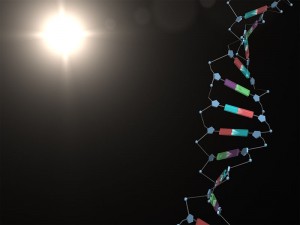When thinking about literature and stories, the Heroic Journey is often a useful lens for observation. The unassuming hero receives “the call”, gains allies, meets challenges and wins in the end (although the cost may be high). This basic template is strewn throughout literature; my personal, favorite is Bilbo Baggins’ journey in Tolkien’s “The Hobbit”.
Another great example of the Heroic Journey is Luke Skywalker’s in the first movie of the original Star Wars trilogy. And it is the deviation from the template that makes the Star Wars prequels, starting with The Phantom Menace, so hard to watch. At least, that is what one critic, who produced a brilliant, 70 minute video critically comparing the two movies, believes. He elegantly makes his arguments using video clips from the two movies.
WARNING: THERE IS SOME OBSCENE LANGUAGE AND INAPPROPRIATE REFERENCES, enough so that, as it is, this video is probably most likely inappropriate to show to students. With that in mind, the link is here. An edited version would be ideal. Without the obscenity, the arguments in the video are a useful discussion of the movies, of story arcs, and of deconstructing art. It is quite entertaining too.
For those leery of the language, the author points out:
- There is no heroic journey for any character who we can identify with. In science fiction in particular, there needs to be one “normal” character that guides us through this new universe. Even Anakin, who starts off as a slave and in the end destroys the enemy ship is just a passive observer. Because he does not understand what is going on and just goes with the flow he is unaware if the danger so we don’t feel the tension either. According to the author, “In this opening segment I discuss the major flaw of The Phantom Menace which is the characters and the lack of connection with the audience.”
- The entire movie is driven by the plot devices that move the characters from one scene to another. The characters are either passive or have to make some illogical decisions to follow the storyline. The characters, and their personalities do not drive the movie. “Part two now focuses on the second biggest problem with the Phantom Menace, the story. The mystery plot lacking direction and emotional involvement was really the other big problem. No tension, no drama, no stakes. Characters aimlessly follow along the events.”
- The problem with the special effects was that they did not primarily serve the story. According to George Lucas in the 70’s, “A special effect without a story is a pretty boring thing.” The light saber duels were the best examples. In the Phantom Menace they were carefully choreographed works of art. Pretty to look at, but with no deeper meaning and very little emotion. Compare that to Luke’s anger and his realization that he is turning into his father at the end of Return of the Jedi. “… light saber duels have less to do with the fight itself but moreso with the internalization of the characters.”
- Did George Lucas have too much control over the movie? In the original movies he had to deal with independent actors and a lot of technical challenges. In this movie, were the others too intimidated to challenge questionable ideas, so that Lucas had everything his way? Is adversity necessary for art?



